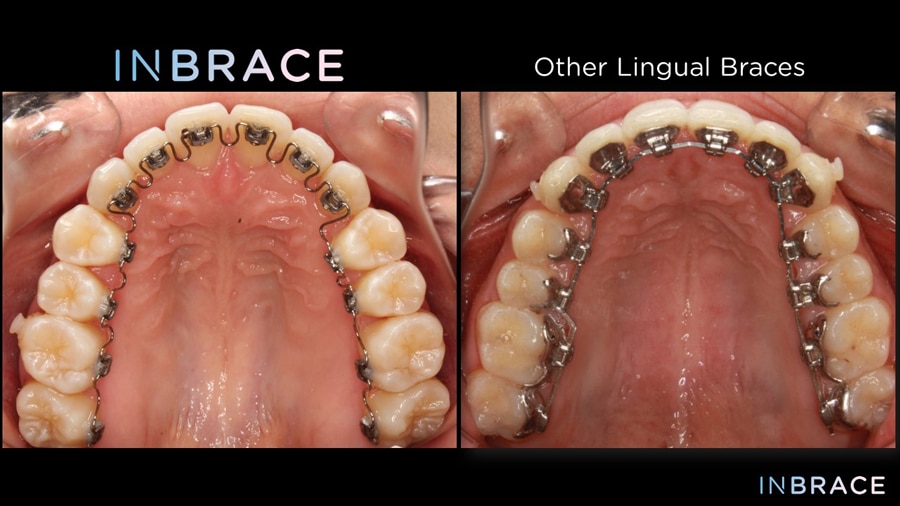Why Cumming Invisalign is the Perfect Option for a Discreet Orthodontic Solution
Why Cumming Invisalign is the Perfect Option for a Discreet Orthodontic Solution
Blog Article
Comprehensive Guide to Orthodontics Treatments for Correcting Oral Imbalances
Recognizing the ins and outs of each treatment, including their devices, benefits, and potential downsides, is vital in making educated decisions about one's orthodontic treatment. As we browse with the thorough overview to orthodontic procedures for correcting dental imbalances, the detailed information of each approach will unfold, shedding light on the path toward a useful and unified oral placement.
Orthodontic Procedures Review

Along with standard braces and clear aligners, orthodontists might likewise recommend various other treatments like headgear, palatal expanders, or retainers to address particular placement concerns (invisalign). These procedures are customized to each patient's one-of-a-kind requirements and may include a combination of treatments to achieve the preferred results. Regular modifications and tracking are critical components of orthodontic therapy to make sure progress is on track and to make any essential alterations along the method. By undergoing orthodontic procedures, individuals can not just accomplish a straighter smile but additionally boost their general oral health and feature.
Typical Dental Braces: Just How They Work
When thinking about orthodontic treatments for dental imbalances, conventional braces stand out as a reliable technique for remedying teeth positioning. Traditional dental braces are composed of braces, cables, and bands that function together to apply constant stress on the teeth, gradually moving them right into the desired alignment.
As stress is applied to the teeth through the dental braces, the bone bordering the teeth is reshaped to support the new tooth positions. Patients will require normal adjustments at the orthodontist's workplace to guarantee the braces proceed to use the appropriate pressure for effective teeth activity.
Unnoticeable Aligners: Cons and pros
Unnoticeable aligners provide a discreet and convenient option to traditional braces for remedying dental misalignments. These clear, personalized trays are essentially invisible when worn, making them an enticing alternative for individuals seeking a more visually pleasing orthodontic therapy. One of the primary benefits of invisible aligners is their removability, permitting simpler upkeep of oral health contrasted to conventional dental braces. Patients can get rid of the aligners prior to eating or cleaning their teeth, reducing the risk of food getting stuck in the home appliance and simplifying the cleaning procedure.

Surgical Orthodontic Options
Surgical treatments in orthodontics present sensible choices for resolving intricate dental misalignments that might not be efficiently fixed through conventional orthodontic therapies. While invisible aligners and conventional dental braces can fix several orthodontic issues, specific instances require surgical intervention to attain optimum outcomes. Surgical orthodontic choices are generally advised for serious malocclusions, considerable jaw inconsistencies, and cases where the underlying bone structure needs modification to attain correct alignment.
One common medical orthodontic treatment is orthognathic surgery, which entails repositioning the jaws to deal with useful concerns such as difficulty chewing or speaking. This surgical procedure is typically done in collaboration with an orthodontist who assists straighten the teeth before and after the treatment. Surgical orthodontics might also include treatments to expose influenced teeth, get rid of excess gum cells, or improve the jawbone to produce a much more harmonious face account.
Before thinking about surgical orthodontic options, patients undertake a comprehensive analysis to determine the requirement and potential advantages of such treatments. orthodontics. While surgical procedure might appear difficult, it can dramatically enhance both the function and appearances of the smile in instances where traditional orthodontic treatments fail
Retainers and Post-Treatment Treatment

Post-treatment care entails following the orthodontist's instructions diligently. This might consist of appropriate dental hygiene practices, going to follow-up appointments, and putting on the retainers as recommended. Failure to adhere to post-treatment care directions can result in relapse, where the teeth gradually move back towards their initial placements. Consistent retainer wear, excellent dental health, and routine dental exams are vital for maintaining the outcomes accomplished via orthodontic surgery and guaranteeing the long-term security of the dealt with dental positioning.
Conclusion
To conclude, orthodontic treatments supply different options for correcting oral imbalances. Traditional braces use metal brackets and cables to move teeth into proper positioning. Unnoticeable aligners supply an even more very discreet alternative but may not be ideal for all cases. Surgical orthodontic alternatives are offered for much more serious imbalances. Retainers are commonly used post-treatment to preserve the brand-new positioning. Generally, orthodontic treatments can effectively enhance oral wellness and visual look.
As we navigate through the extensive guide to orthodontic treatments for dealing with dental imbalances, the complex details of each approach will unravel, dropping light on the course towards a functional and unified oral placement. - cumming orthodontist
One of the most usual orthodontic treatments is the usage of dental braces, which are composed of steel braces and cables that apply gentle pressure to progressively change teeth right into the preferred placement.When thinking about orthodontic therapies for oral imbalances, standard braces stand out as a reliable technique for dealing with teeth placing. Additionally, unseen aligners may not be suitable for complex orthodontic problems that need more considerable teeth read the full info here motion, as they are commonly advised for mild to modest situations. Retainers are custom-made orthodontic tools created to hold teeth in their fixed positions after the completion of orthodontic treatment.
Report this page